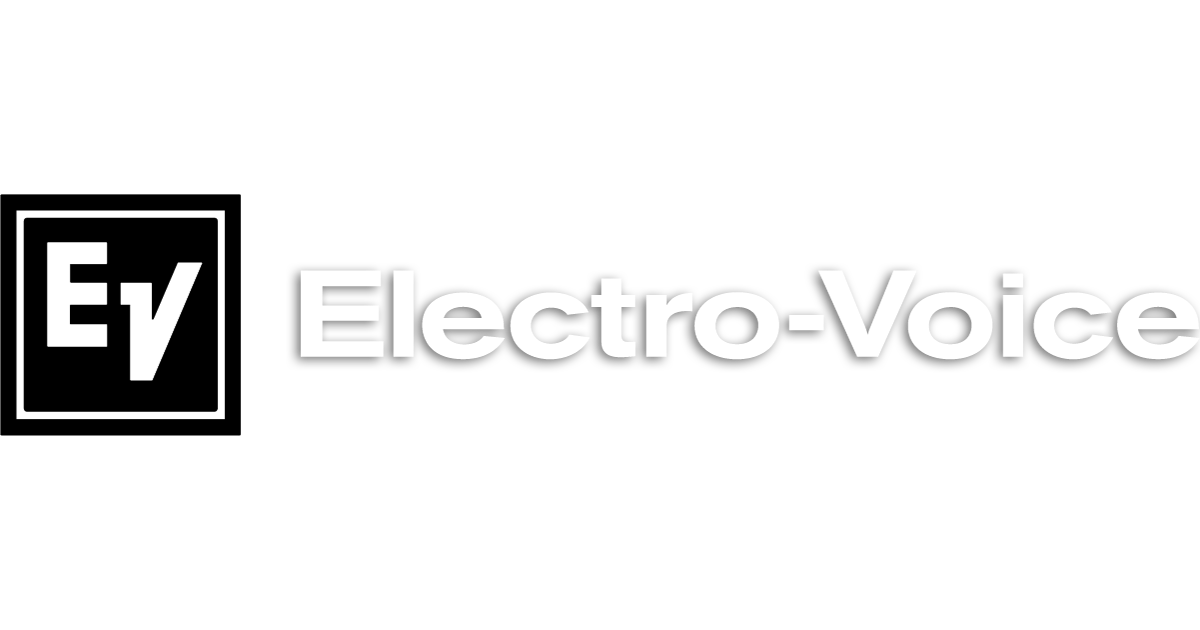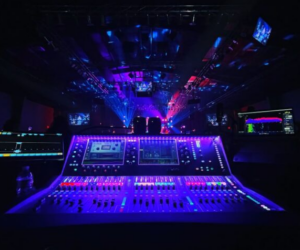Go to a concert these days and you’re likely to see line arrays flying left and right above the stage.
For many applications, well-designed line array systems supplemented with electronic control are the best choice to provide the necessary SPL, directivity control, and uniformity of output – and to project consistent level and frequency response across large audiences.
At the same time, the venerable 2-way loudspeaker, combining a cone driver with a high-frequency device through a directivity-shaping horn, has benefitted from the advances in driver technology, signal processing, and amplification.
Typically offered by many of the same companies that build line arrays, these smaller stand-alone systems may often have a similar sonic signature to the main arrays, and lend themselves to front fill and other supplementary applications in larger venues.
The size and configuration of the venue is also an important factor. In smaller performing spaces, the infrastructure for a line array – including sufficient ceiling height, suitable fly points, sight lines, the depth and dimensions of the audience space, and so on – may not be practical for their application. Placing individual 2-way (or 3-way) loudspeakers can prove a better solution for audience coverage with excellent audio quality.
As you’ll see in our roundup of recent models (here), most now include onboard amplifiers with sophisticated DSP, although many are also offered in passive versions. “Automatic” features might include signal delay to align the acoustic centers of each driver, phase correction, equalization, and driver protection. Some offer selectable presets for different applications such as main or monitor placement, vocal or music sources, and high-pass filtering when used with subwoofers.
Additional EQ control may be present, including parametric EQ in at least one case. Others provide at least rudimentary mixing capability, with level controls, mic/line switches, and EQ on XLR or combo (XLR, 1/4-inch) inputs. We’re also seeing more models that will accept Dante digital audio input, along with an analog audio signal, and it’s likely this trend will continue.
The transducer innovations have in many cases trickled down from touring products. Many have lightweight magnetic structures using neodymium magnets, rugged cone and spider materials, and dual voice coil designs. High-frequency horns are often rotatable, with improved wave guides. Larger format compression drivers deliver greater power handling capacity. And three models are coaxial.
Finally, cabinetry is roadworthy, using multiply wood or high-impact molded materials, durable coatings, and reinforced joints. Mounting options are built-in, with most having rigging points or plates on top, bottom, and sides, plus pole-mount hardware. For ease of comparison, in our roundup we’re looking at 12-inch versions, most of them 2-way designs. Note that most manufacturers also offer several options along with subs.
Enjoy our Real World Gear Gallery Tour of the latest models.
Gary Parks is a writer who has worked in pro audio for more than 25 years, holding marketing and management positions with several leading manufacturers.















